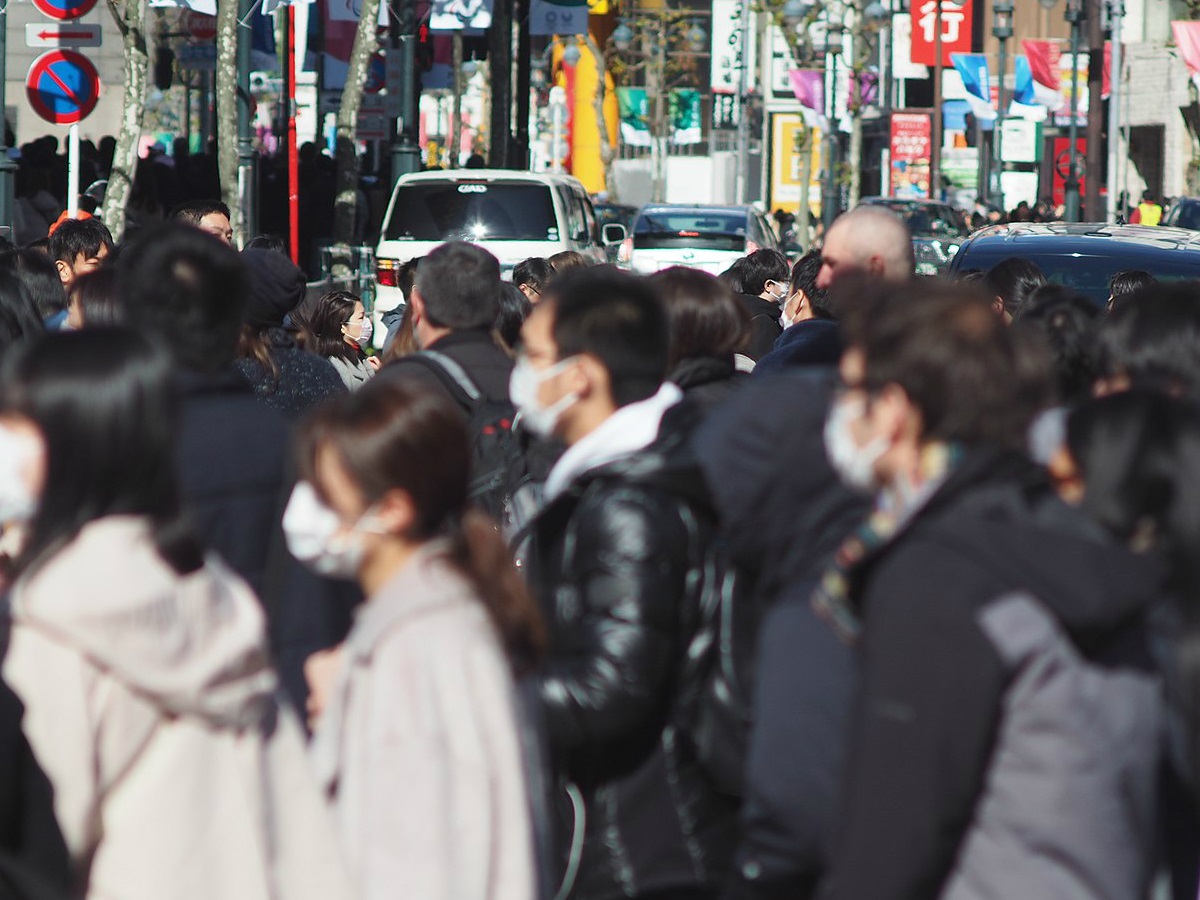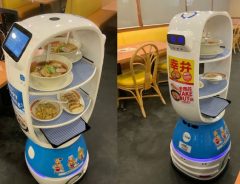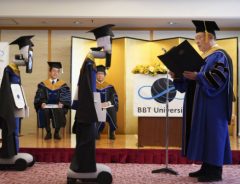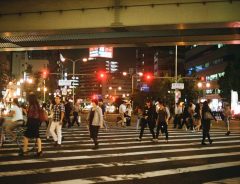
Source: nakashi from Chofu, Tokyo, JAPAN / CC BY-SA (https://creativecommons.org/licenses/by-sa/2.0)
Will the novel coronavirus push Japan to declare a state of emergency?
- Tags:
- coronavirus / COVID-19 / health crisis / state of emergency
Related Article
-

Japan’s corona-fighting monster Amabie makes a surprise appearance in a fireworks festival
-

Japanese ramen chain debuts ramen delivery robot for social distancing
-

“Kusunohana Flavored Spirits 75” made with rice and lemons can also be used as a sanitizer
-

Japanese university has graduates attend ceremony via robot avatars during coronavirus outbreak
-

Japanese Elementary School Students Gather For Minecraft Graduation Ceremony After School Shut Down
-

What Do Locals Think About Osaka’s Current Covid-19 Crisis?


It’s been almost a month since the first case of the coronavirus (COVID-19) was reported in Japan, that being a Japanese man who had traveled to Wuhan. Since then, over 1,000 people have been infected in Japan, including about 700 from the bauched Diamond Princess cruise ship quarantine. But according to Japanese medical researchers, the number of infected cases is likely much higher due to poor testing and people experiencing little to no symptoms.
On February 27, Prime Minister Shinzo Abe and the government requested all primary and secondary schools close from March 2 until the end of spring break.
The governor of Hokkaido, Japan’s northernmost island, declared a state of emergency on February 28, asking residents to remain indoors to curb the rising infections.
On March 2, Abe met with lawmakers to approve legislation which would allow him to call a state of emergency to combat the rapid spread of COVID-19.
What would a nationwide state of emergency look like?
The proposed legislation echoes a law passed in 2013 which gives municipal leaders the power to ask residents to stay inside and temporarily close schools and other public facilities.
The Japanese government has already committed ¥15.3 trillion to try and alleviate the economic impact of COVID-19 and plans to introduce another emergency funding package. The Health Ministry also revealed a subsidy aimed at helping companies continue to pay workers.
It’s still not clear whether Prime Minister Abe and the government will actually announce a state of emergency. But the counter-measures continue to increase, including travel restrictions announced on March 6 which require visitors from China and South Korea to stay in quarantine.
A World Health Organization official urged all countries to act now to stem the outbreaks and not wait for it to come to “a natural end.”
COVID-19’s Far-Reaching Influence
The effects of coronavirus have become more apparent in the last few weeks:
Masks are scarce. They are in high demand for both service workers and most residents prefer to wear them out in public. The Japanese government plans to subsidize domestic mask producers and there is even talk of the government controlling mask sales in an effort to halt rising prices among online auctions and bundling mask sales with expensive products.
A sense of panic has led some to stock up on toilet paper, face tissues, paper towels, etc., leading to bare shelves like in my local drug store.
Photo by Mujo
Some companies have introduced flexible work shifts to help employees avoid rush-hour crowding. Other companies have even allowed employees to work remotely. This could be a great help to parents left wondering how else to take care of their children who are home from school.
Prevention and What To Do if You Think You Have COVID-19
The Health Ministry those who have any of the following symptoms for more than a few days to get tested:
Mikael Häggström, M.D. - Author info - Reusing images / CC0
In addition, they advise limiting contact with others when you begin feeling symptoms to avoid spreading the virus during its incubation period.
Other common sense advice is to frequently wash your hands and avoid touching your face. Avoid crowded areas, cover your sneezes and coughs, and disinfect frequently touched objects.
The CDC does not advise those who are healthy to wear facemasks. They do recommend those experiencing symptoms to wear facemasks to prevent the virus from spreading to those around them, as well as for health workers.